How to Get Rid of Scale on Houseplants
This post may contain affiliate links. If you purchase through links on our site, we may earn a commission.
When we moved back to the US from England last summer I had to start all over with my houseplants. I actually had my mom take a few favorites but I’m a plant junkie so I bought a LOT over the first few months after we moved. Inevitably when you buy a lot of plants you’ll have some that end up dying or have issues like fungus or disease, so I wasn’t too shocked when some of my plants ended up being infested with scale. If you don’t treat scale, however, your plant will most likely die. Read on or view the video below to learn how to identify, treat, and prevent scale on houseplants!
What is Scale?
First, let’s talk quickly about what scale is. Scale insects thrive in warm, dry environments. The insect is small, oval and flat, with a tan to brown shell-like covering. Scale affected plants will be sickly and show yellowing of the leaves and leaf drop. You may notice a sticky substance underneath the plant.
Scale Insect Life Cycle
There are several stages to the scale insect life cycle, and the entire cycle takes about 7-10 weeks. It takes a few weeks for the eggs to hatch into nymphs (aka scale crawlers), and then another 6-9 weeks for the crawlers to mature into adults.
How to Remove or Control Scale Infestations
Scale is highly invasive so the first step to controlling a scale infestation is to remove the affected plant from healthy plants. Keep your plant quarantined until you are sure the scale is gone.
Neem oil is a popular way to try to kill scale, and is an organic, pesticide-free way to treat the infestation. You’ll need to thoroughly spray the plant weekly until the infestation is gone. Keep in mind that in heavily infested plants may be near impossible to remove the infestation and it may become necessary to get rid of the plant to save the rest of your plants. Also, even when the scale insect sie they may not release from the plant so if you still see them there, it doesn’t mean they are alive, if nudged dead scale insects will easily fall off the plant.
Continue to use the neem oil weekly for 1-2 months until you are sure the insects are dead.
Preventing Future Scale Insect Infestations
- Scale can hide in the soil of a houseplant, so if you have by recurring infestations, try carefuly removing the top inch of dirt from the pot and replacing it with fresh potting soil.
- Crawlers can leave the plant, and then come back to infest it again. To prevent this, remove the plant from the area and clean any crevices where plant pests could be hiding. Check around the outside lip and inside edges of the pot and plant tray, and also the bottom of the pot for hiding scale insects.
- Trim any heavily infested leaves from the plant and toss them into the trash (outside of your home). *Do not trim too heavily at risk of killing your plant.
- If you decide to repot a plant after treating it for scale, then be sure to sterilize the pot before reusing. Houseplant scale insects can hide on the edges or the rim on a plant pot, and can easily infest any plant that’s potted in there. Scrub the pot thoroughly with hot soapy water.


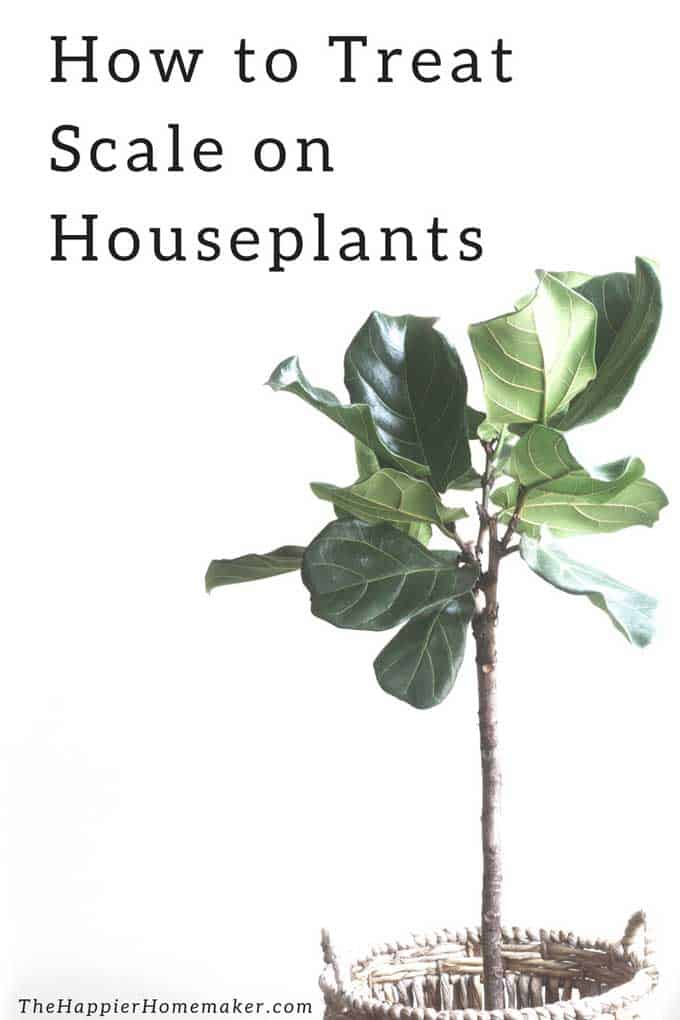
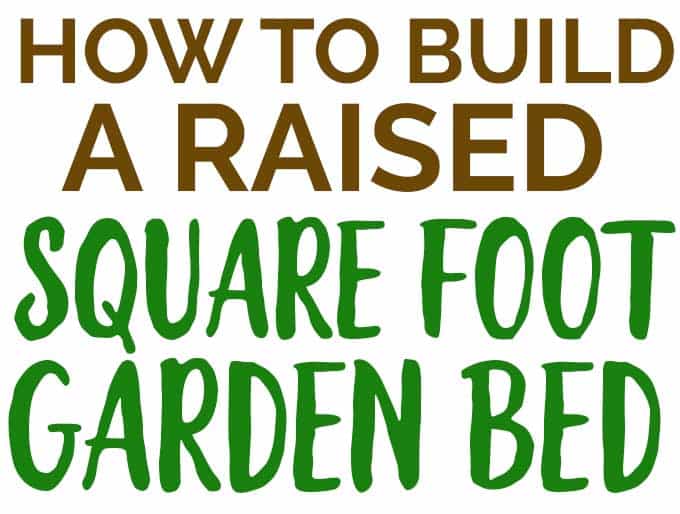

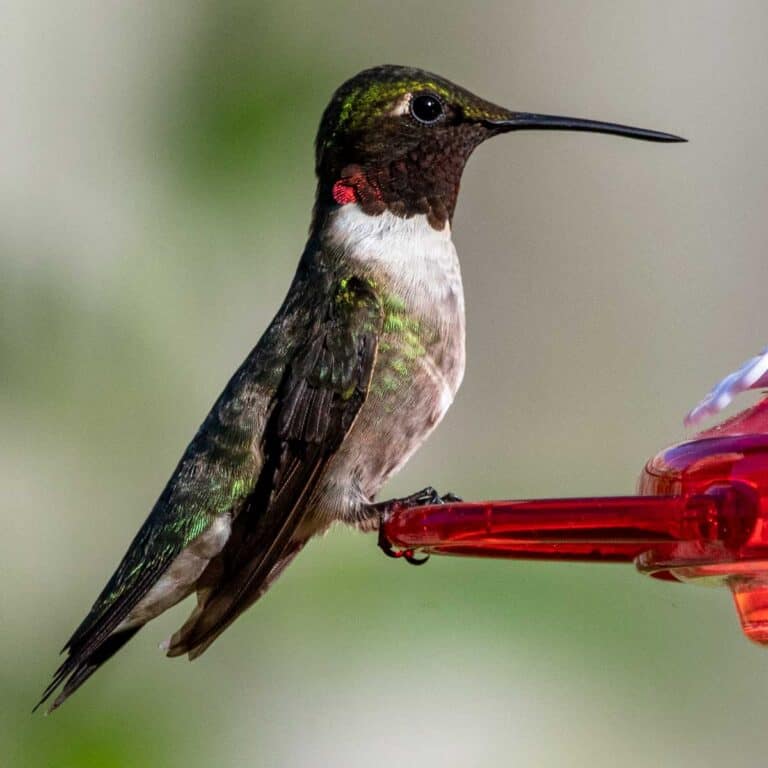
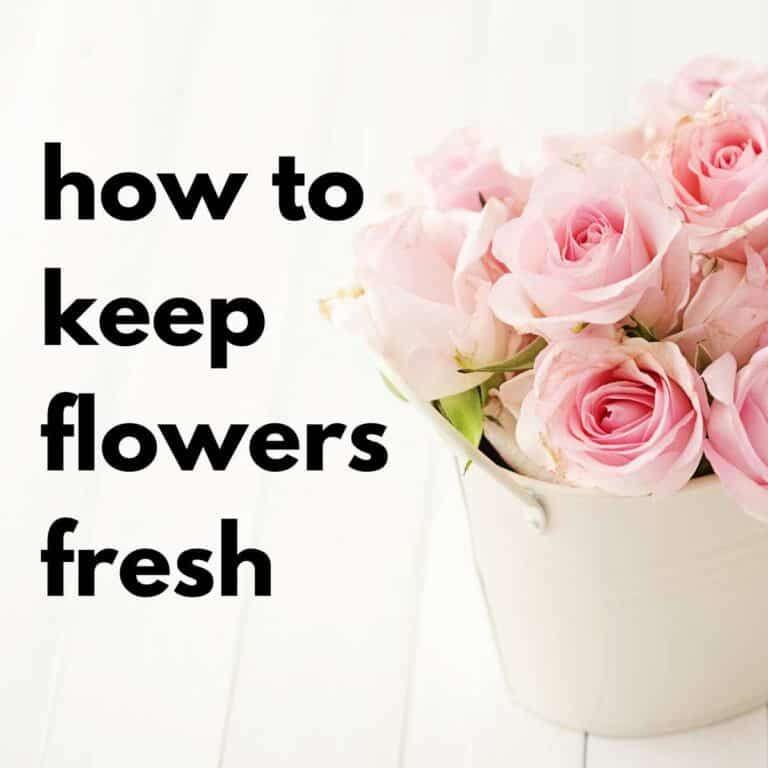
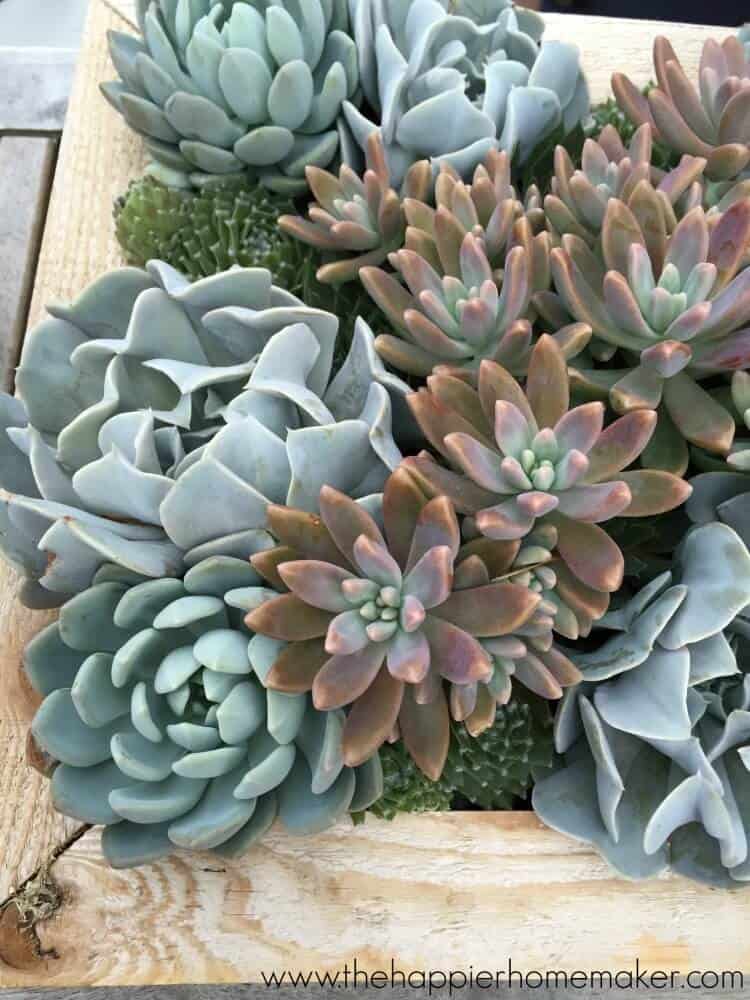

Neem is very much a pesticide. It is by definition a category of pesticide called an insecticide. This message brought to you by a forestry NRT that at one point held a pesticide applicators license.
How long can white scale live in the soil without plants ?